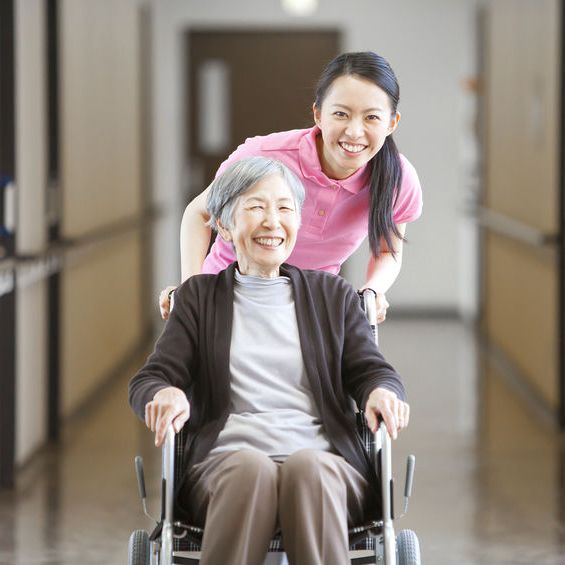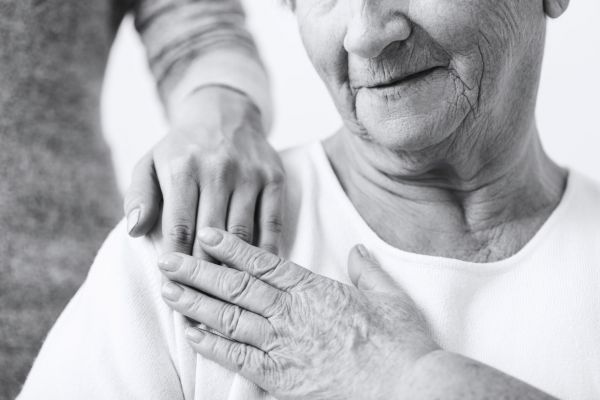How to Turn Your Patient's House into a Home Care Home for Them?
iSavta | 24.05.2021

There are a lot of changes that must be considered to update a patient’s house and turn it into a home care for them. Your goal here is to do everything right to ensure the comfort and safety of your patient.
Home care is supportive care or healthcare that caregiver providers inside the house of a senior. It allows seniors to keep a sense of independence and get the required care right in the comforts of their own home instead of staying in a specialized facility or long-term nursing home.
Many find it a more appealing choice to be in the home care’s more comforting environment. But, safety may become a serious concern in this case. Even if a trained caregiving professional provides home care, there will still be instances when the senior patients may still be left all on their own, and in cases like this, it is important to take safety precautions.
The very first step to create a safe living environment for senior patients is to assess their needs. Cognitive and physical impairments should be taken into consideration when trying to determine the extent of safety measures that must be added in home care. The bathroom and kitchen are two rooms that have the highest injury risks so these rooms must be safety-proofed before anything else.
Falls are the leading cause of injuries among elderly adults and the bathroom and kitchen are locations where these accidents often occur because of spills, slippery floors, overreaching for stuff above their head, and standing on stools.
Here are a few ways to be sure that the bathroom and kitchen of your patient’s home remain safe and secure at all times:
Tips for Safer Bathroom
- Put medications in secure locations and follow a system for the patient to take medications if they ever need to take these by themselves.
- Add nonslip rubber mats in the shower or bathtub and on the bathroom floor.
- Install a grab bar in the shower and close to the toilet to provide support for the unsteady seniors who may find it hard to sit down or stand up.
Tips for Safer Kitchen
- Depending on the patient’s health status, there might be a need to disengage the garbage disposal.
- Keep flammable liquids, chemicals, and cleaning supplies out of the kitchen and store this in locked cabinets.
- Keep utensils and sharp knives in secure drawers.
- Store dishes as well as other items regularly used in reachable drawers and cabinets to prevent the patient from the need to use a chair or stool.
Some other items for safety that can be considered when creating a home care home include night lights, ensuring that there are no rugs and cords on walking paths, and seeing to it that smoke alarms are changed with new batteries on a regular basis.
Following these safety tips can help you provide your patient with a safer and more secure environment for them to enjoy an injury-free and happy life.











